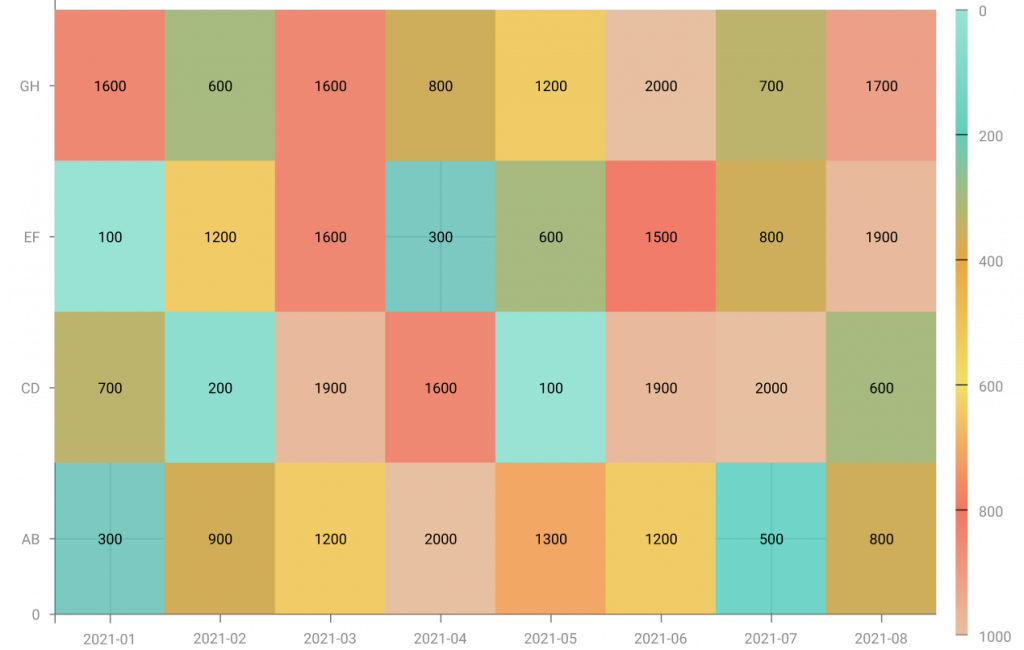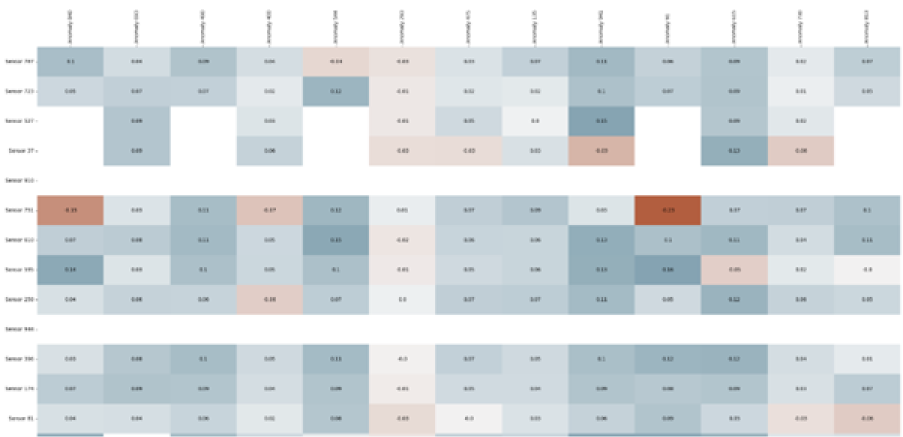Within this dedicated section, the best explainable visualisations to understand anomalies are displayed. Anomalies are deviations or irregularities in data patterns that stand out from the expected or normal behavior. The primary objective of this section is to indicate how to analyse irrigularities in order to recognise which features contribute to anomalies.

A confusion matrix is an N x N matrix used for evaluating the performance of a classification model. It summarizes the counts of true positive, true negative, false positive, and false negative predictions. It compares actual target values with those predicted by the machine learning model, providing insights into accuracy and error rates. It is particularly useful for assessing model performance in various scenarios, such as imbalanced datasets, error analysis, adjusting thresholds, and multiclass classification.

This confusion matrix has been used by a XMANAI demonstrator to provides a visualization helping workers gain insights into the correlation between a machine anomalies and the sensors associated to them. Anomalies are categorized and compared to sensor values, with colors indicating the strength of correlation: red for high correlation and blue for low correlation.


XMANAI Project Coordinator
Michele Sesana – TXT
e-mail: michele.sesana@txtgroup.com
XMANAI Scientific Coordinator
Dr. Yury Glikman – Fraunhofer FOKUS
e-mail: yury.glikman@fokus.fraunhofer.de
XMANAI Technical Coordinator
Dr. Fenareti Lampathaki – SUITE5
e-mail: fenareti@suite5.eu
TXT e-solutions S.p.A.
Via Frigia 27 – 20126 Milano
t: +390225771804